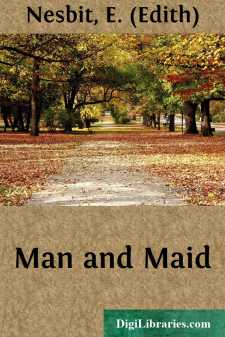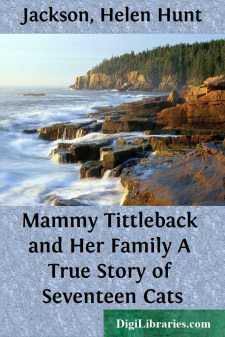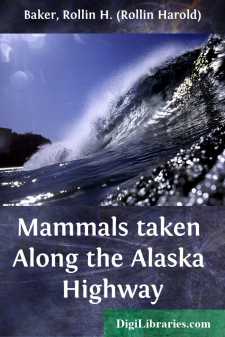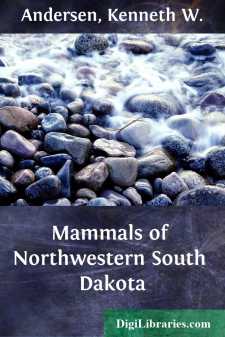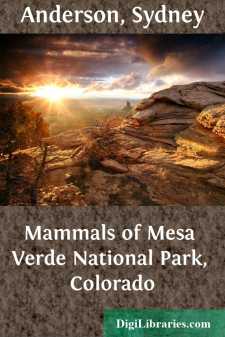Fiction
- Action & Adventure 180
- Biographical 15
- Christian 59
- Classics
- Coming of Age 5
- Contemporary Women 3
- Erotica 8
- Espionage/Intrigue 12
- Fairy Tales, Folklore & Mythology 236
- Family Life 169
- Fantasy 117
- Gay 1
- General 596
- Ghost 32
- Historical 808
- Horror 43
- Humorous 159
- Jewish 25
- Legal 4
- Medical 22
- Mystery & Detective 315
- Political 49
- Psychological 41
- Religious 64
- Romance 158
- Sagas 11
- Science Fiction 730
- Sea Stories 113
- Short Stories (single author) 537
- Sports 10
- Suspense 1
- Technological 8
- Thrillers 2
- Urban Life 31
- Visionary & Metaphysical 1
- War & Military 173
- Westerns 199
Classics Books
Sort by:
by:
Ernst Lehrs
CHAPTER I Introductory If I introduce this book by relating how I came to encounter Rudolf Steiner and his work, more than twenty-five years ago, and what decided me not only to make his way of knowledge my own, but also to enter professionally into an activity inspired by his teachings, it is because in this way I can most directly give the reader an impression of the kind of spirit out of which I...
more...
by:
Harold MacGrath
INTRODUCES MY HERO If you will carefully observe any map of the world that is divided into inches at so many miles to the inch, you will be surprised as you calculate the distance between that enchanting Paris of France and the third-precinct police-station of Washington, D. C, which is not enchanting. It is several thousand miles. Again, if you will take the pains to run your glance, no doubt...
more...
I THE HAUNTED INHERITANCE The most extraordinary thing that ever happened to me was my going back to town on that day. I am a reasonable being; I do not do such things. I was on a bicycling tour with another man. We were far from the mean cares of an unremunerative profession; we were men not fettered by any given address, any pledged date, any preconcerted route. I went to bed weary and cheerful, fell...
more...
MAMMY TITTLEBACKAND HER FAMILY.I. Mammy Tittleback is a splendid great tortoise-shell cat,—yellow and black and white; nearly equal parts of each color, except on her tail and her face. Her tail is all black; and her face is white, with only a little black and yellow about the ears and eyes. Her face is a very kind-looking face, but her tail is a fierce one; and when she is angry, she can swell it up...
more...
INTRODUCTIONMammals from along the Alaska Highway were obtained for the University of Kansas Museum of Natural History in the summers of 1947 and 1948 by Mr. J. R. Alcorn, field representative of the Museum. He and his family visited Alberta, British Columbia, the Yukon Territory and Alaska in an automobile and trailer from June 9, 1947, to September 6, 1947, and again from June 8, 1948, to August 24,...
more...
by:
Sydney Anderson
The Grand Mesa of Colorado is a westward extension of the mountains of central Colorado, standing more than five thousand feet above the valleys of the Colorado and the Gunnison rivers. To certain montane mammals the mesa is a peninsula of cool, moist, forest surrounded by inhospitable, hot, dry, barren lowland. Few mammals previously have been preserved or reported from the Grand Mesa. Of the species...
more...
The mammalian fauna of the western Dakotas and adjacent Montana is relatively poorly known. Few published reports have dealt with mammals from this part of the Northern Great Plains, and none of these involved detailed study of a restricted area. The present report summarizes information gathered in Harding County, northwestern South Dakota, and includes material on the more than 50 species of mammals...
more...
by:
Sydney Anderson
INTRODUCTION A person standing on the North Rim of the Mesa Verde in southwestern Colorado sees a vast green plain sloping away to the south. The plain drops 2000 feet in ten miles. On a clear evening, before the sun reaches the horizon, the rays of the sun are reflected from great sandstone cliffs forming the walls of deep canyons that appear as crooked yellow lines in the distance. Canyon after...
more...
Forming the northeastern border of Mexico, Tamaulipas extends in an elongated, north-south direction from the Temperate into the Torrid Zone and contains faunal elements from both the Nearctic and Neotropical regions. The mammals are less known than those from some of the bordering states; for the most part collecting has been limited to a few localities, chiefly along the Pan-American Highway....
more...
The University of Kansas Museum of Natural History received from J. R. Alcorn and Albert A. Alcorn a sizable collection of mammals taken in the summer of 1951 in Alaska. In addition to visiting localities at which they had collected in 1947 and 1948 (see Baker, Univ. Kansas Publ., Mus. Nat. Hist., 5:87-117, 1951) the Alcorns obtained specimens from localities not previously visited in the vicinity of...
more...




